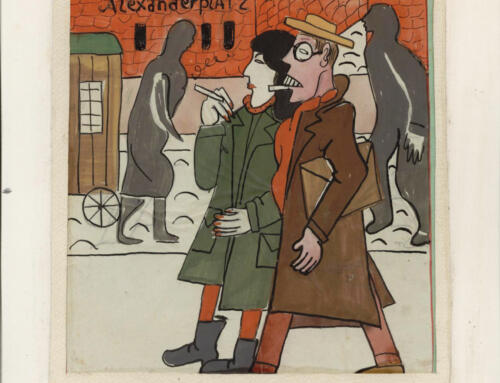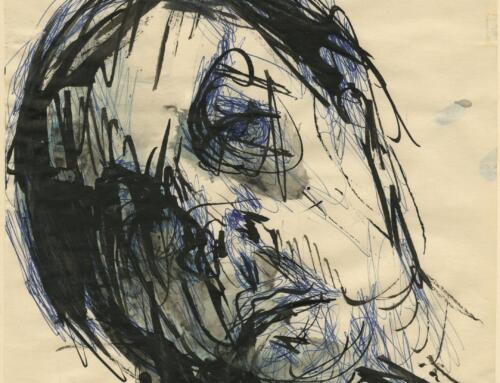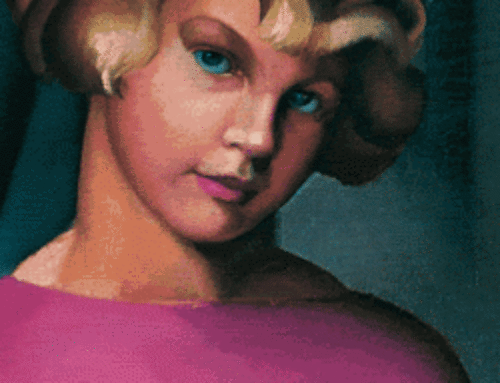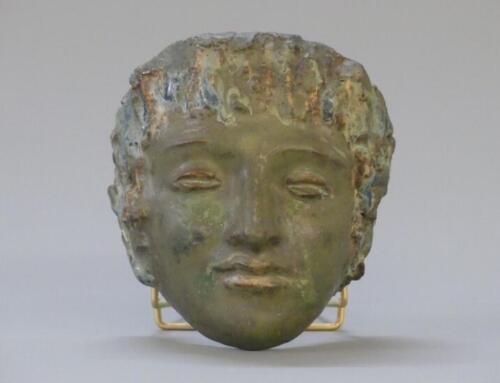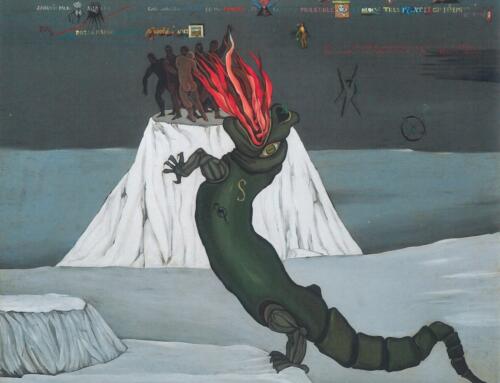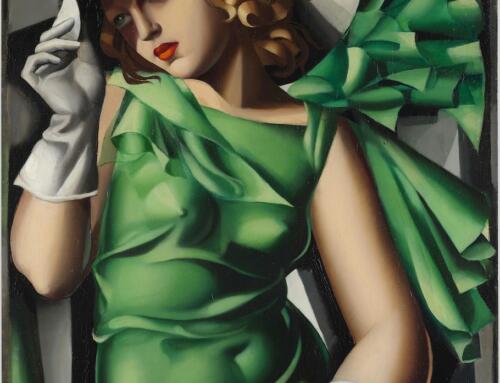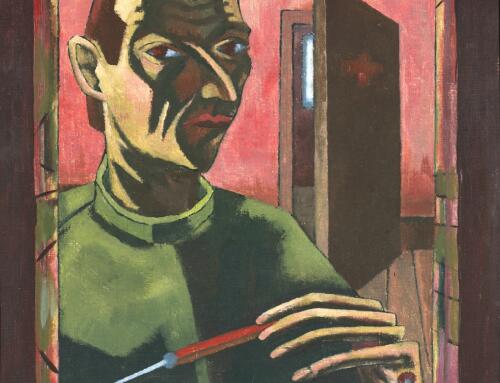May is American Jewish Heritage Month, and in our virtual series “Flight or Fight. stories of artists under repression” we are discussing two fabulous artists, who both immigrated to the United States and lived in New York.
Please note the unusual 7:00pm EST time of the first event, which accommodates the Hong Kong time zone of one of our speakers.
I hope that you’ll be comfortable by now to register for events via our new system. Please be aware that all virtual events are FREE OF CHARGE. However, we very much appreciate each and every donation.
WEDNESDAY, May 8 ONLINE
7:00 PM EST
“Let’s Talk Interesting People:”
THE STORY OF ERNA FRIEDLÄNDER (1890-1979)
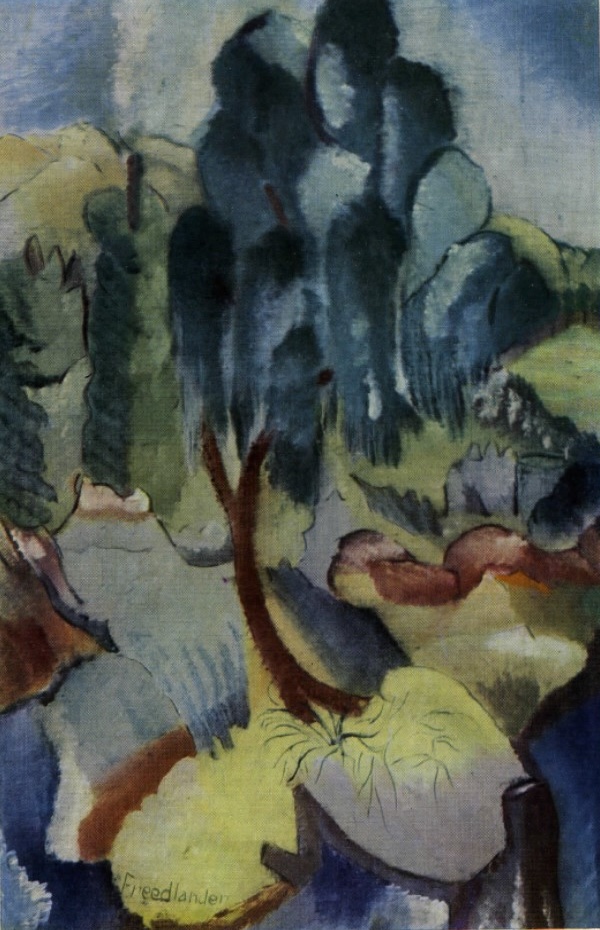
Erna Friedländer, Chinese Landscape. Undated. Monotype. Courtesy The Studio: An Illustrated Magazine of Fine and Applied Art, London.
With Noit Banai, PhD, Hong Kong, and Ketul Arnold, Boulder (Colorado).
As a German refugee who survived World War II in Hong Kong, and subsequently migrated to England, Israel, and the USA, Erna Friedländer‘s journey is unique among the many histories of Jewish dispossession. Though few traces remain of Friedländer artistic oeuvre, she was a thoroughly modernist artist. Painter, printmaker, and teacher at the Hong Kong Working Artist Guild, she studied in Berlin under Eugene Spiro and in Paris under Mela Muter, André Lhote, and Othon Friesz before embarking on an artistic career in Milan in 1933. Working in an expressionist style developed in German avantgarde circles in the early 20th century and referencing modern dance techniques (Laban Movement), Friedländer’s paintings, watercolors, and monotypes represent a range of genres, among them, portraits of refugees as well as Chinese people and landscapes. What did it mean to bring these techniques, media, and motifs in this way? How was her artwork understood in relation to her status as a female German-Jewish refugee in Hong Kong? And, how can we interpret her monotypes in relation to various European and non-European traditions of printmaking?
Friedländer‘s legacy did not end in Hong Kong: Established in New York City from the mid-1950s, she was an important friend and influential mentor for Ketul Arnold, who knew her between 1973 and 1979, and will share memories of Erna’s stories and teachings from her American period.
The artist Saul Steinberg did not speak about his life before he came to the United States. In this next presentation Mario Tedeschini Lalli, Italian journalist and scholar of 20th century history, will try to tell the story of Saul Steinberg, before he became STEINBERG, the majuscules with which he signed his name to the art most people know, using some of his public art, some of his clandestine art, some of his personal art and – yes – some of his top secret art:
WEDNESDAY, MAY 22
12:00 PM EST
Steinberg before STEINBERG
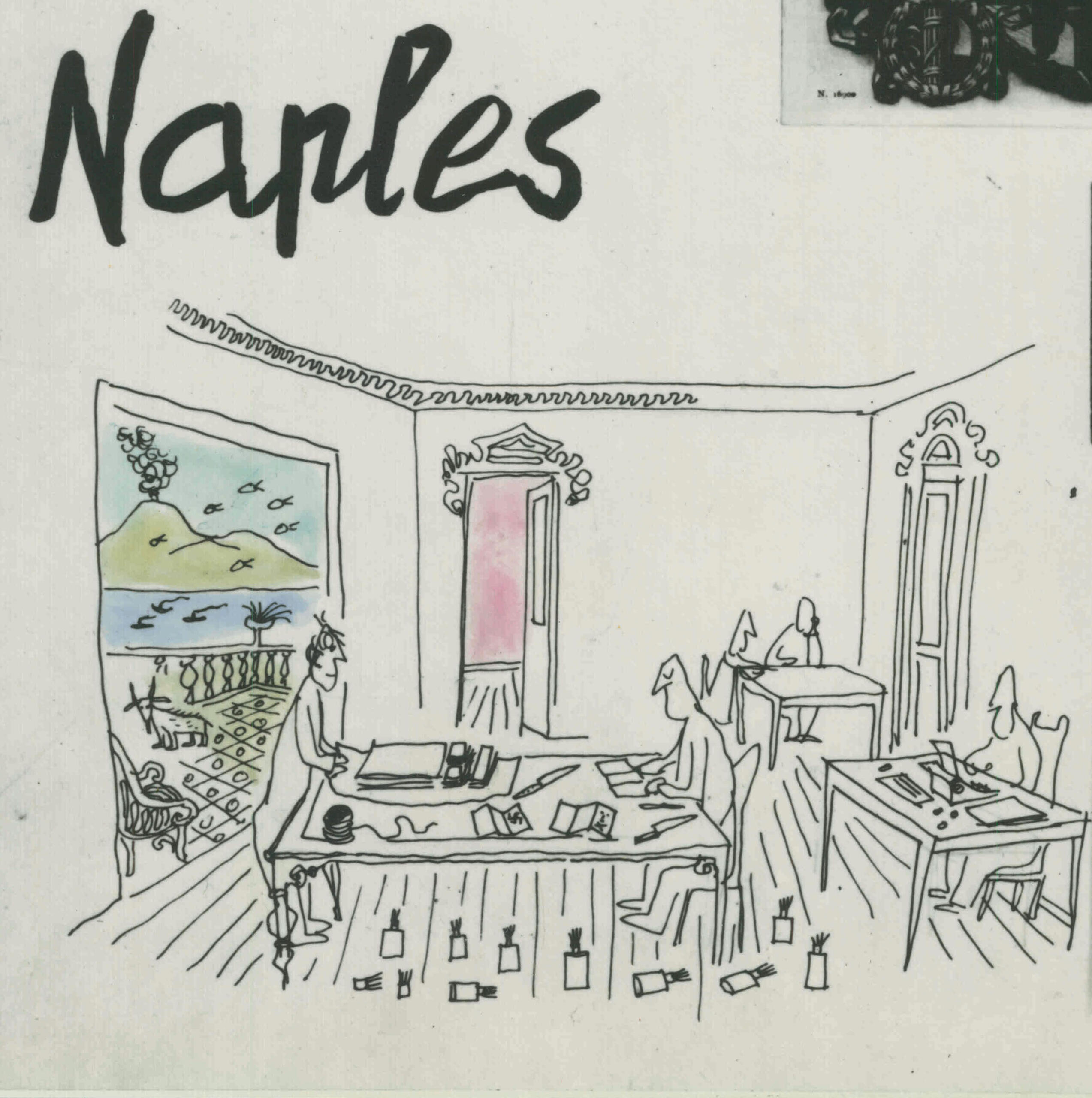
Saul Steinberg, Naples OSS. © The Saul Steinberg Foundation/Artists Rights Society (ARS) New York
The art of Saul Steinberg was arguably one of the most recognizable for the US public from the mid-1940s until his death in 1999. Much of Steinberg’s best-known work appeared in magazines such as The New Yorker, but he also produced a larger body of drawings, paintings, and sculptures for gallery and museum exhibitions. His work cannot be fixed to one style or school. Though he is sometimes mistakenly called a cartoonist or illustrator, he was never less than a full-fledged artist. His life was as distinctive as his art, and as hard to pinpoint and define – it certainly did not help that he considered “autobiography—the last refuge of the scoundrel.” He would never divulge much about his life and what he did say was often misremembered or misrepresented; his tales almost became part of his artistic creations. Instead of self-revelatory disclosures, he hid details of autobiography in his art, where the casual observer could not detect them – unless, of course, they were already aware of them. An intellectual labyrinth by a master of labyrinths.
Steinberg was especially reserved about his first thirty years: a Romanian Jew who was forced to leave his increasingly anti-Semitic country, he studied architecture in Italy, where he began his artistic career, only to be forced out once more by the racial laws of his adopted country. He ended up in the US and within a few months found himself in the thick of war as a propaganda artist working for Morale Operations division of the Office of Strategic Services (OSS).
And finally our new book, published by Fordham University Press, is officially out:
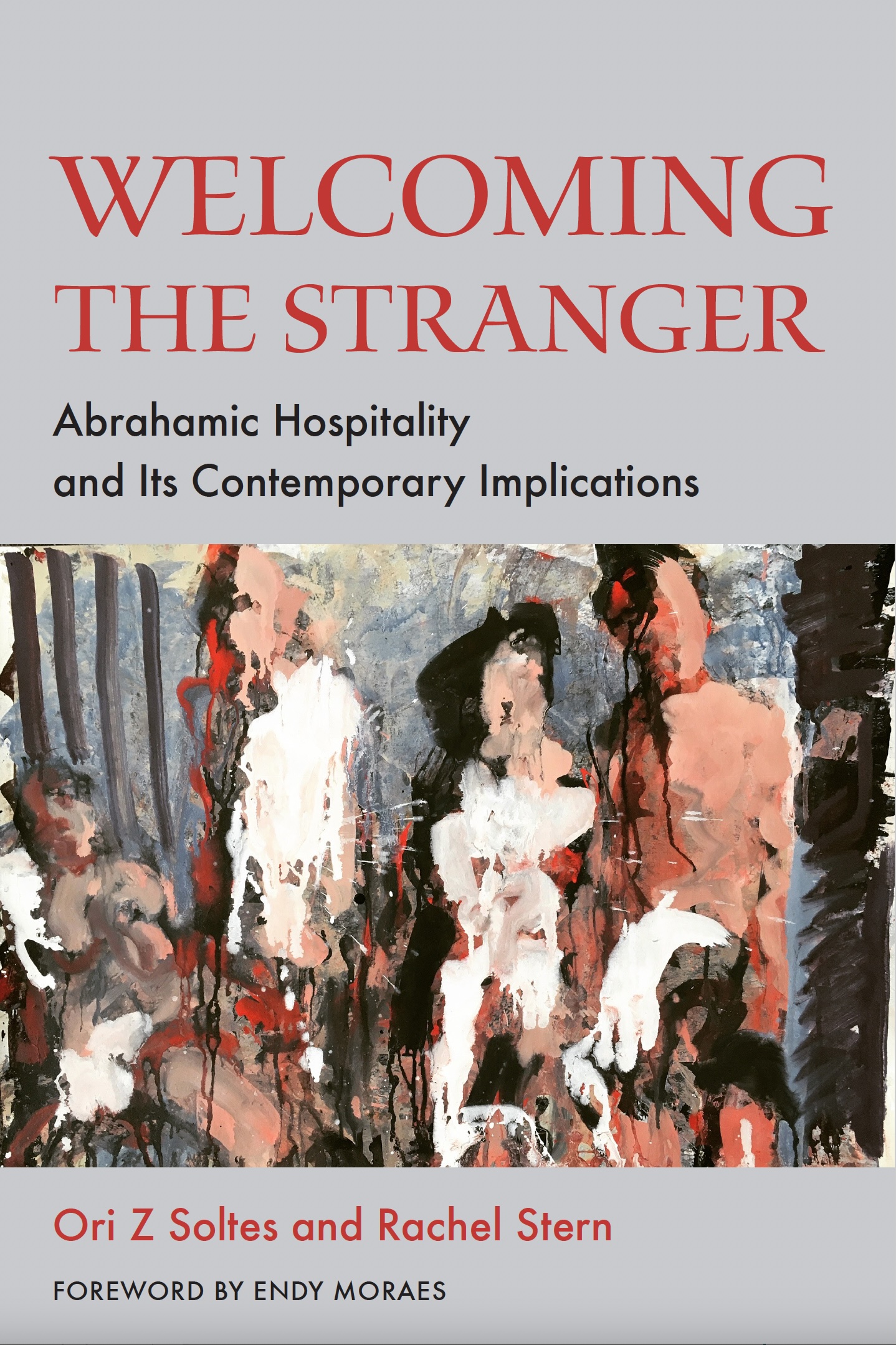
This timely book offers theoretical and practical reflections on ‘welcoming the stranger.’ From the theological analysis of Abraham to the legal and political discussion of immigration and refugees, the volume explores how hospitality—welcoming the ‘other’ into our tents—leads to peace and improving the world.—Mehnaz Afridi, Director, Holocaust, Genocide & Interfaith Education Center and Professor, Religious Studies, Manhattan College
There, you can find access to the free digital publication (epub) as well.
On Wednesday, May 29, 2024, with an encore presentation the following day, Daniela Völker’s timely and poignant documentary “The Commandant’s Shadow” is coming to theaters across the U.S. This documentary is an incredible look at the reality of Auschwitz through the eyes of those who experienced it in very different ways.
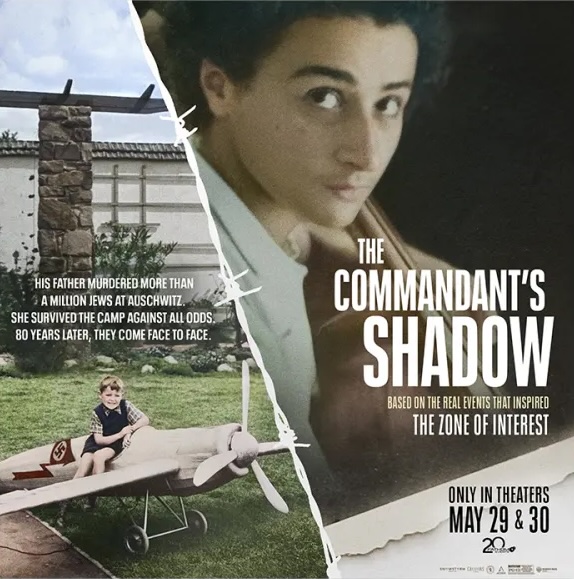
“The Commandant’s Shadow” follows Hans Jürgen Höss, the 87-year-old son of Rudolf Höss, as he faces his father’s terrible legacy for the first time. His father was the Camp Commandant of Auschwitz and masterminded the murder of over a million Jews; the life of Höss and his family was recently fictionalized in the Academy Award-winning “The Zone of Interest.” Now, “The Commandant’s Shadow” tells the story of the real people who lived on site at Höss’s death camp.
While Hans Jurgen Höss enjoyed a happy childhood in the family villa at Auschwitz, Jewish prisoner Anita Lasker-Wallfisch was trying to survive the notorious concentration camp. At the heart of this film is the historic and inspiring moment – eight decades later – when the two come face-to-face. This is the first time the descendant of a major war criminal meets a survivor in such a private and intimate setting, Anita’s London living room. Together with their children, Kai Höss and Maya Lasker-Wallfisch, the four protagonists explore their very different hereditary burdens.
Screenings for this very special event will be available in 500+ theaters across the United States. Tickets are on sale at Fathom Events and participating theater box offices.
If you missed our April events, you can watch the recordings here:



